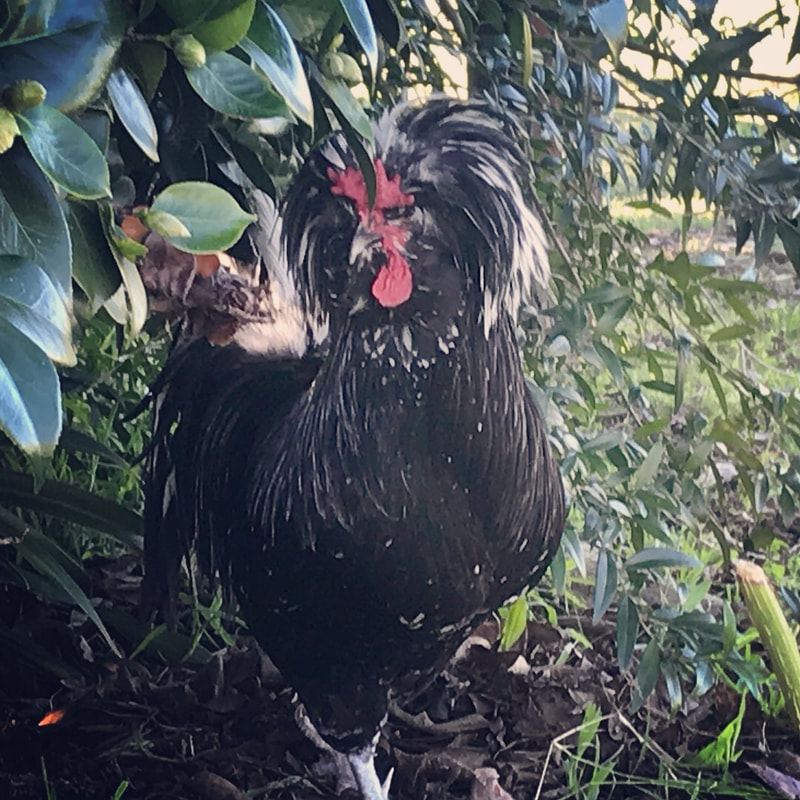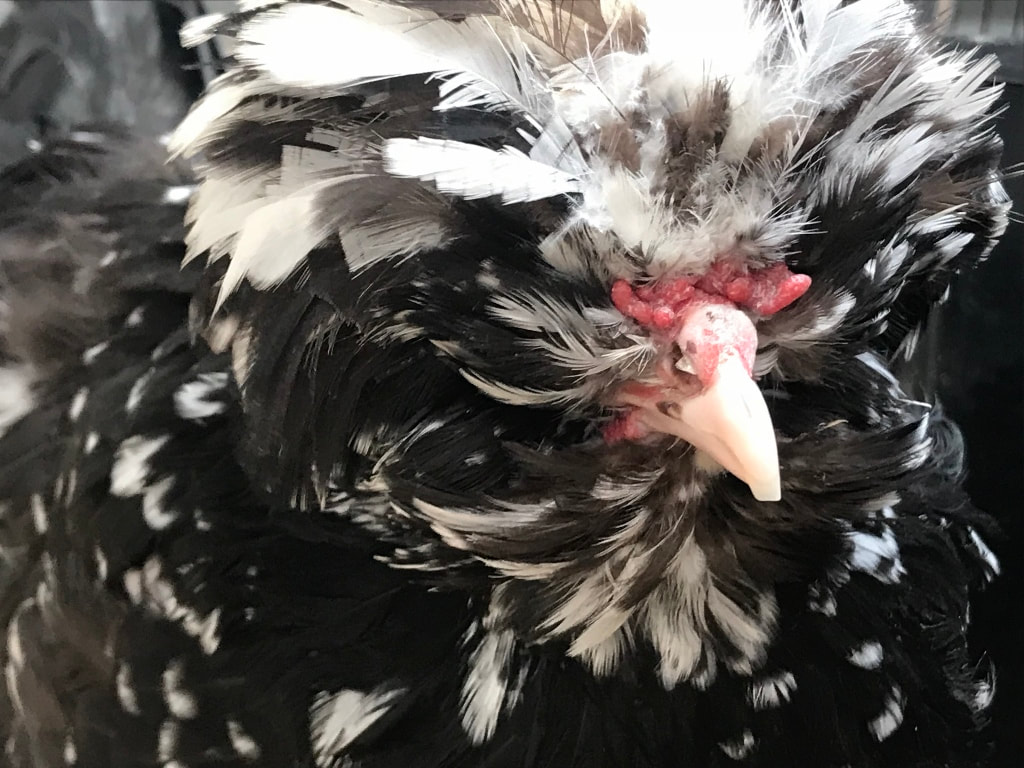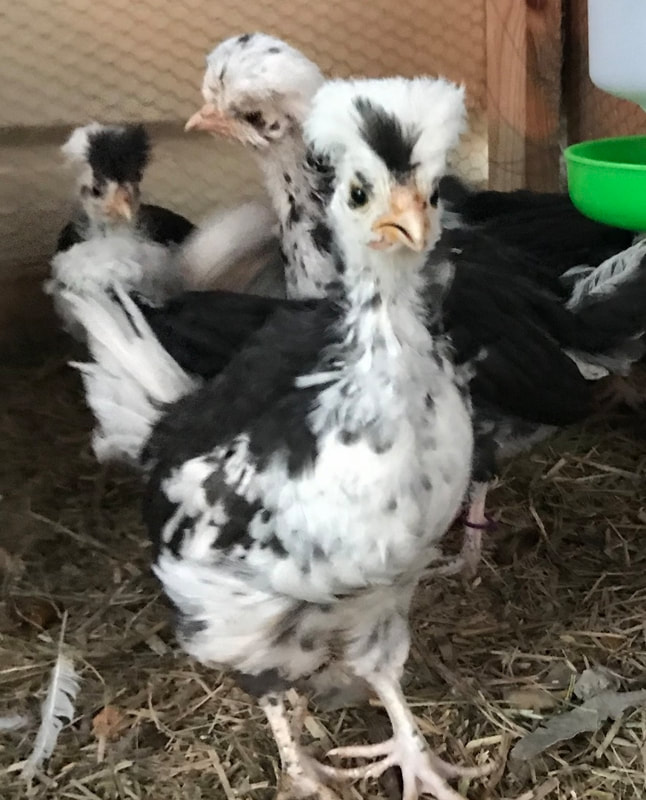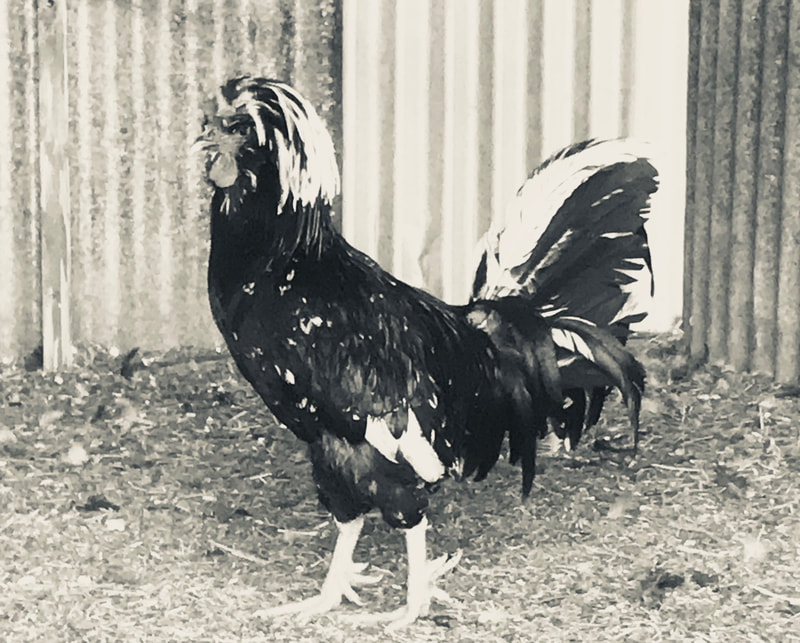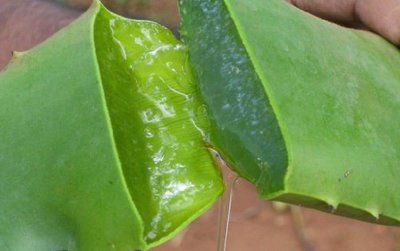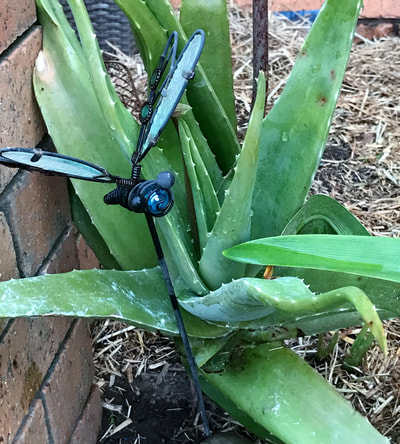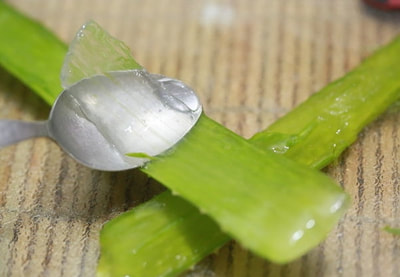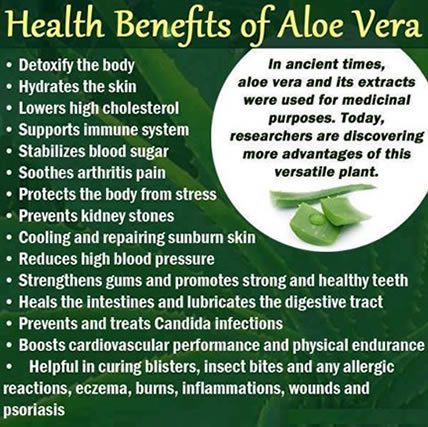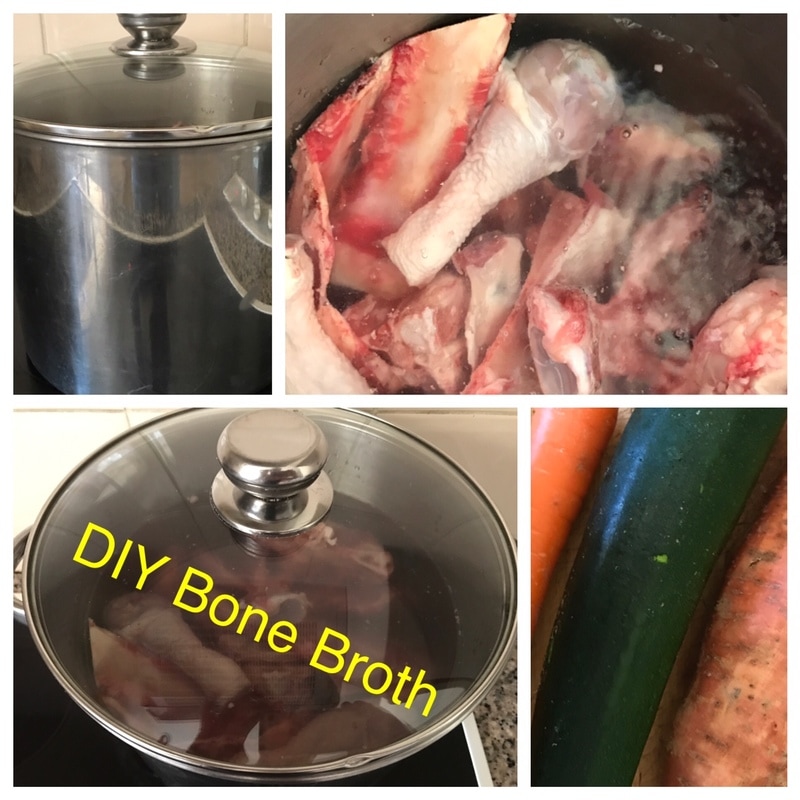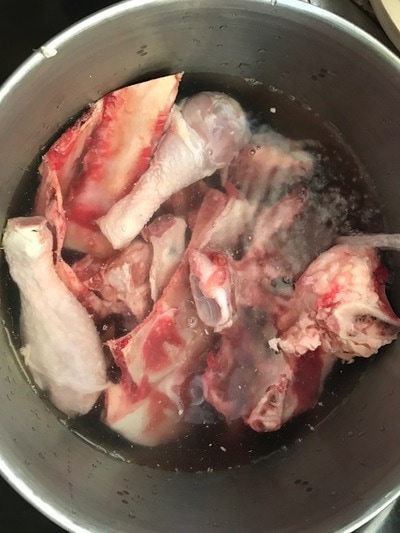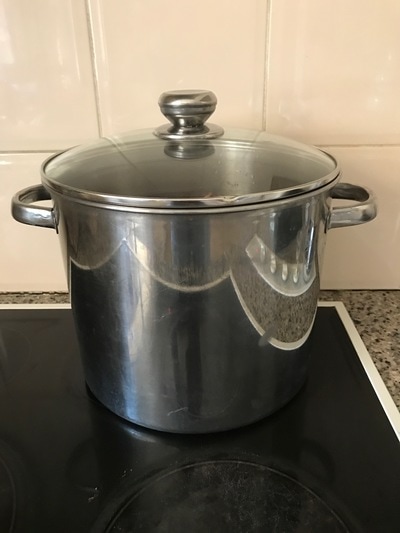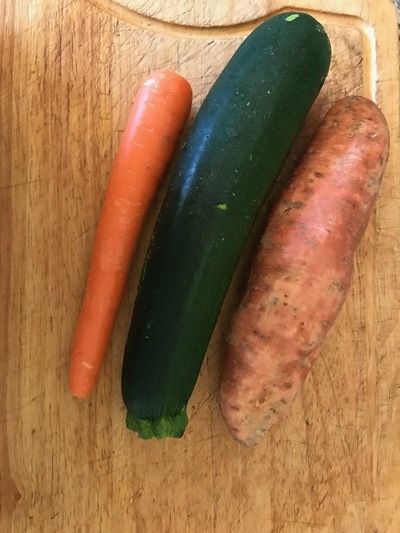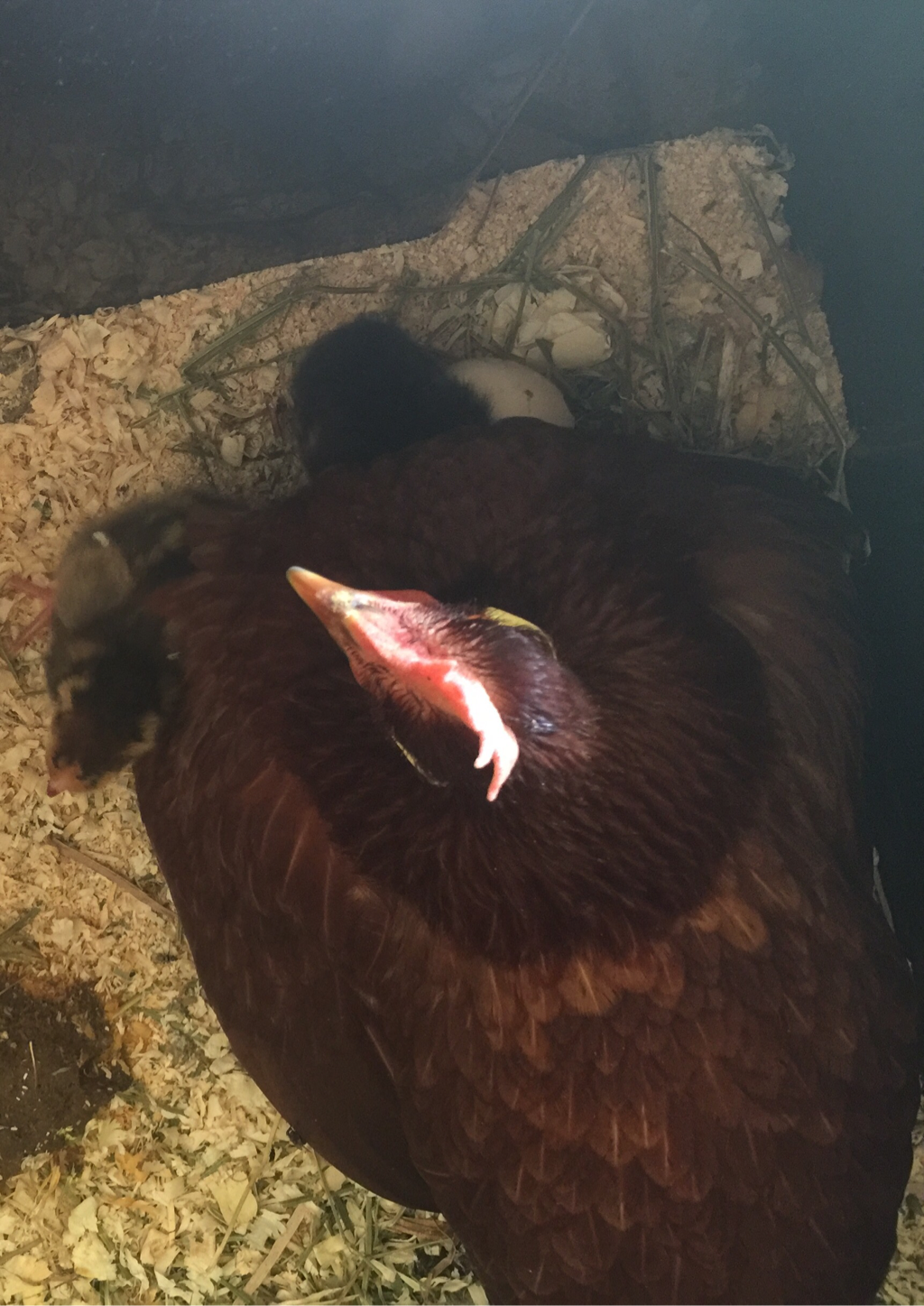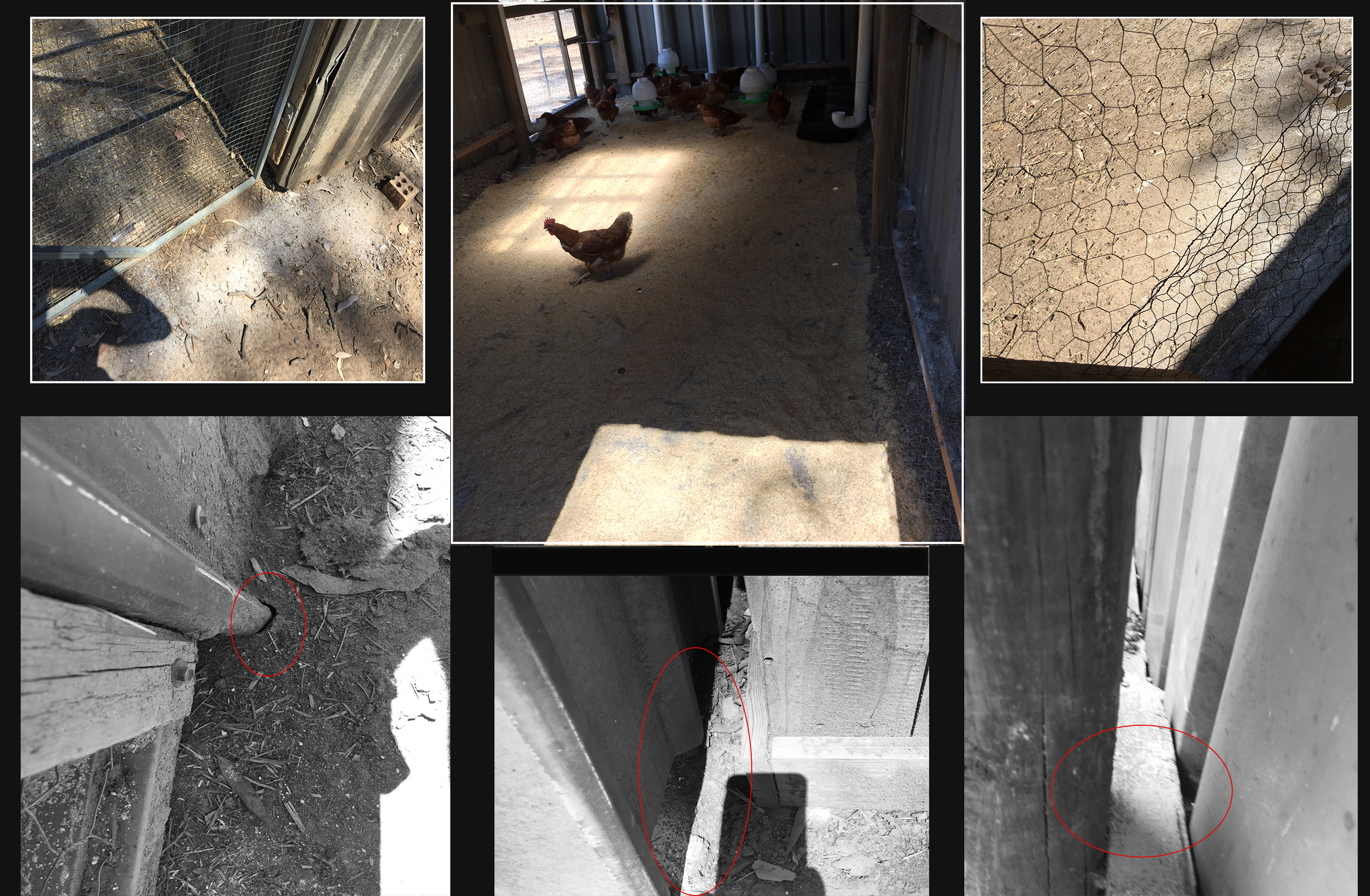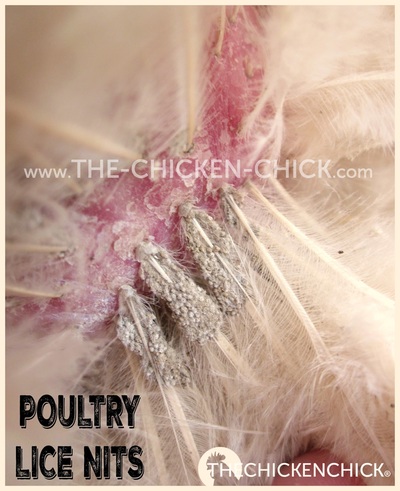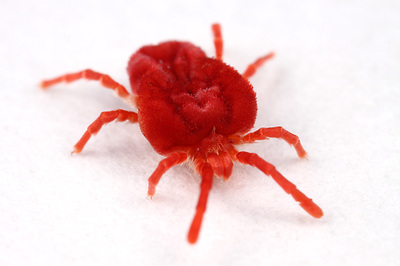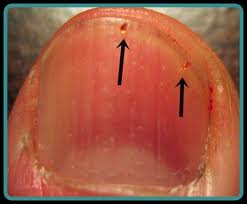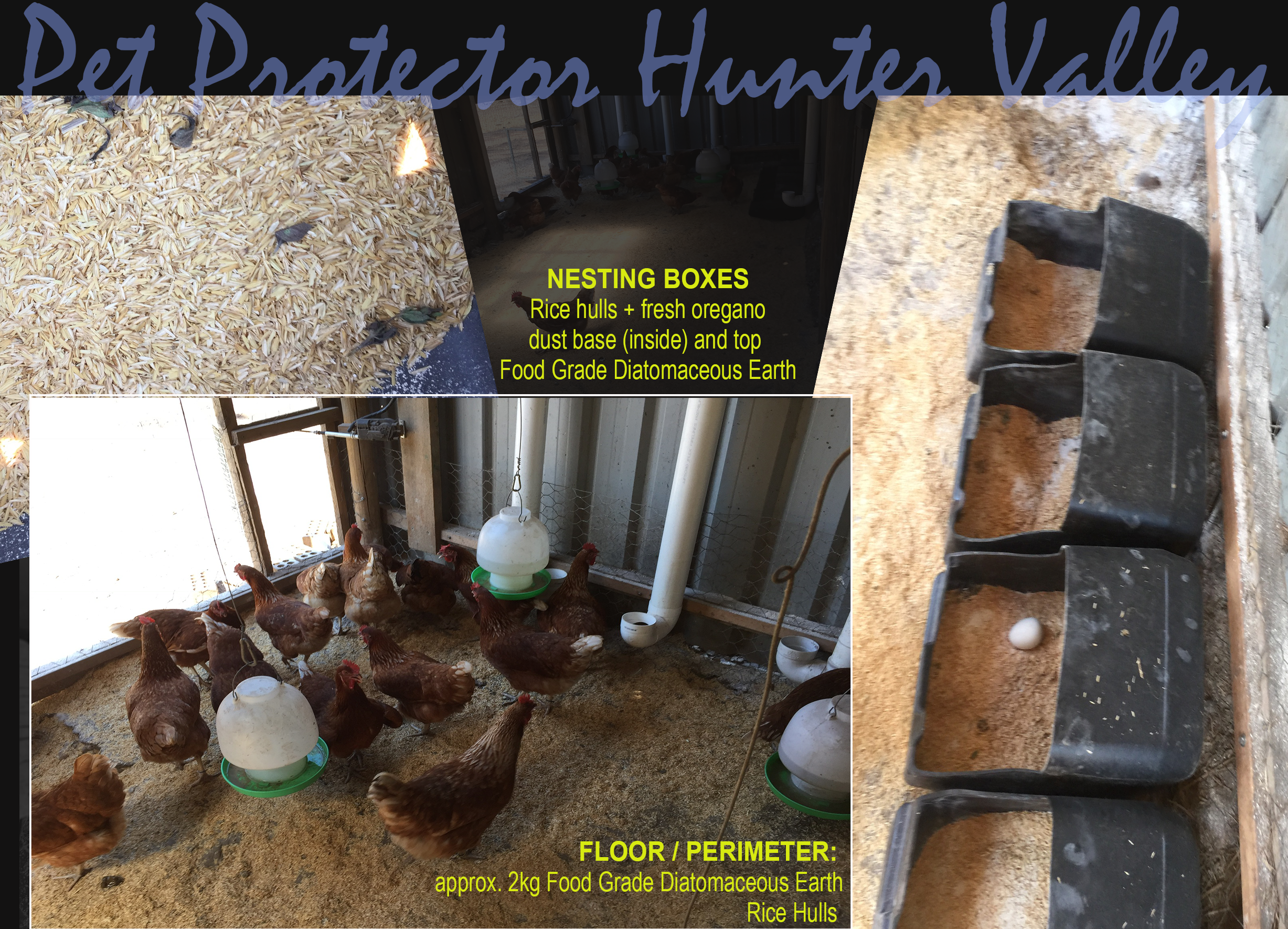A census was conducted in 2017 by the Rare Breed Trust of Australia. Have you got a random Aloe Vera plant or two growing away in your garden that you know you could be using much more than just pruning and watering?
I grabbed a small shoot from a market stall a couple of years back and just planted it in the garden to fill a hole knowing that snapping a leaf will ooze out that magical gel most households have in one form or another, yet all I have done it seems is try and find room for the umpteen new offsets it grows (I couldn’t even give them away…) and does anyone really need so many Aloe Vera plants? QUICK FACTS ABOUT ALOE
Harvesting your own Aloe Vera Gel is fairly easy and if you prefer to use a natural product then it can also save you a tonne of money at the same time. You only need a sharp knife (I found a filleting knife the best) and a butter knife or spoon to extract the gel and a clean jar or ice cube tray for storing. Now the fun part… extracting your Aloe Vera Gel.
So keep replanting those new shoots! EQUINE: Syringe 20 ml over tongue or mix with 1 cup water and add to food
CANINE:
HUMAN: Mix 1 - 2 tsp. with 1 cup water or fruit juice per day (up to 5-7 days)
Have you noticed the endless variety of supplements marketed to pet owners these days? I am not referring to the ones designed for specific medical reasons of course, I am talking about the ones that are a good source of the most basic minerals / vitamins characteristic of a balanced diet anyway.... ?? Now, it's only one perspective of course, but here is just one example... let's take FISH OIL. Instead of buying a bottle of liquid capsules grab a can of the home brand tuna, salmon, mackerel ... i know we love our pets, but their bodies mechanics really aren't as fussy as the human kind. Our scrap meat is a Scotch Fillet cooked to a perfect medium rare for our dogs. And the canned tuna is actual food plus the omega 3's and 6's for the grant total price of $2. So in this instance, the ones that 'old mate West' rejected is just fine. Our advice is always (unless there is a reason why not), keep it simple and next time you're at the supermarket, don't be afraid of the 'marked down' meat section. You're dog's health will love you for it! Is there gravy? Of course there's gravy... ?All dogs can benefit from having a bone broth included in their diet and it's definitely something you can introduce early on that promotes a long term benefit but it can really be a game changer for some pets and most commonly discovered when our dogs are moving into their senior years. 'Arthritis' may be accepted as inevitable for our beloved oldies, but the onset and the discomfort can be reduced if we prepare them well.
Broth is also a great alternative for upset stomachs in dogs or ones that may be recovering from an injury, accident or illness and soft food is required. (K: remember the nice pot of home cooked chicken soup our nanna's would whip up when nothing else worked... ) And the good news is cooking a bone broth is inexpensive, nutrient packed & even better is it's super easy to make. I like to call it 'gravy for dogs'. So if the question being asked is why pet owners should add this super-food to their pet's diet? Here's three reasons that may just spike your interest;
DIY Bone Broth So once you've dragged out the pot (or slow cooker), simply fill with the desired bones and add water until covering contents*. *The quantity of bones and water required will be to suit your pot. Note: don’t overfill your pot, leave a couple inches from the top as a minimum to help reduce boiling over. You can use raw or cooked bones but be sure to include joint bones with cartilage. You can even collect and save bones in the freezer. HOT TIP: Great bones to include are wings, legs & carcass frames. By including these parts increases ‘chondroitin’ content in broth which is beneficial for joint health, especially in large or senior dogs. Add a splash of an Acidic Acid - it's been said this helps draw the minerals out of the bones more thoroughly. * Raw apple cider vinegar is most commonly used (It’s well regarded by herbalists for its ability to draw minerals out of plants). Lemon juice may also be used.
OPTIONAL: at this stage you can add some whole or chunky-cut vegetables to your broth to include vitamins i.e. kale, carrots, sweet potato, zucchini etc.
BEFORE USE:
Easy to use as a food gravy and/or mixing supplements ~ Use seasonally as an immune booster Hatched 8th December 2016
The very first hatchlings from our Heritage breed eggs we picked up from Hunter Fine Feathers. Bird lice can be tricky to avoid when you have no control over wild birds that fly in infested and treatments commonly used for eradicating these crawling parasites contain some pretty nasty inclusions that many users aren't aware of, albeit it's printed on the label but who the hell knows what ingredients like Rotenone is really? The fact is once you have a parasite problem using a chemical treatment offers a swift solution, but at what cost? For poultry owners, the best strategy to address parasites is prevention. Prevention comes in many forms and applications and opinions on each sometimes vary - but one thing all the industry experts agree on, including the self proclaimed ones is good husbandry, bird health and preparation are proven to be the most successful ways to preventing parasites from infesting your flock. Food Grade Diatomaceous Earth is an all-rounder when it comes to prevention strategies and can be used alone or in combination with other methods. Today, we demonstrate how we use DE in the backyard coop. The coop in the images houses 45 laying hens and the owner reports they encounter bird lice every few weeks and has been using Pestene Insect Powder to treat the coop. Find out more here about the benefits of using DE with Poultry. Checking of your flock is also just as important as the coop and yard. Louse or lice lay their eggs at the base of the feathers (see image) and the adults feed off the dead skin cells. Mites on the other hand don't live on the bird as such, using them as a feeding host and hide in the darker spots through the daylight hours only coming out at night to feed. The best way to determine if you have a mite issue (and which type of mite) place a tub of hot water in the middle of your coop at night as the steam acts as a heat source attracting the mites. Check the next morning for any bugs in the tub of water - we suggest collecting any samples of the bugs you need to identify and store them securely in a fridge. If you are not exactly sure the difference between the many many parasites, in NSW, the Department of Primary Industries offers laboratory services for a variety of tests (some tests attract a small cost) including water, soil and parasite infection & identification. Visit DPI's website for more information and to order free test kits online. Outside NSW, please contact your state's equivalent authority. Above: image 1 - lice eggs on chicken (courtesy of The Chicken-Chick.com) ; image 2 - red mite ; image 3 - to the naked eye red mites can be hard to see, pictured here on an adult's thumb. So the coop looks nice and clean, nesting boxes are fresh and there was no sign of parasites. Is that it? Unfortunately, not yet. Because we know this coop is located where wild birds prefer to land, we are taking additional precautions in our approach.
GOOD LUCK! |
CONTACT |
SERVICES |
PRODUCT INFORMATION |
Copyright © 2014-2019
All rights reserved |
General Disclaimer: The information on this site are not meant to diagnose or prescribe for you. If your pet has a medical problem, you should consult your veterinarian. The information on this site have not been officially endorsed or approved by the APVMA. In no event shall the owner/s of this website be liable for any damages whatsoever resulting from any action arising in connection with the use of this information or its publication, including any action for infringement of copyright or defamation. The decision to use, or not to use, any information is the sole responsibility of the reader. Opinions expressed here are those of individual contributors and provided for educational and informational purposes only. This web site does not always verify or endorse the claims of contributing writers.
Copyright: All rights reserved. No part of this publication may be reproduced, distributed, or transmitted in any form or by any means, including photocopying, recording, or other electronic or mechanical methods, without the prior written permission of the sites owner or publisher, except in the case of brief quotations embodied in critical reviews and certain other noncommercial uses permitted by copyright law. For permission requests, please forward in writing via email ABN:
Copyright: All rights reserved. No part of this publication may be reproduced, distributed, or transmitted in any form or by any means, including photocopying, recording, or other electronic or mechanical methods, without the prior written permission of the sites owner or publisher, except in the case of brief quotations embodied in critical reviews and certain other noncommercial uses permitted by copyright law. For permission requests, please forward in writing via email ABN:

